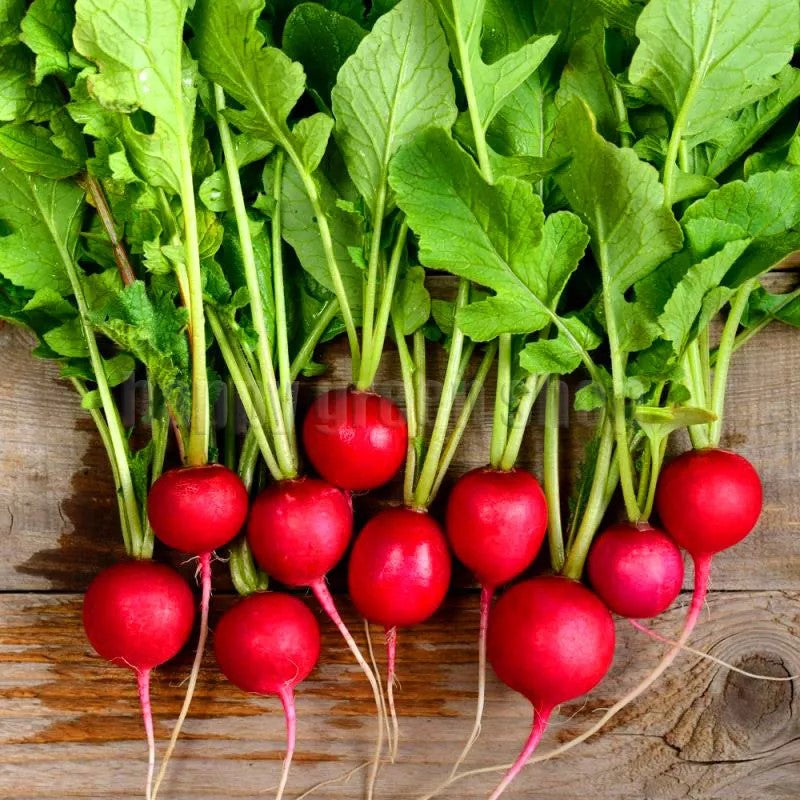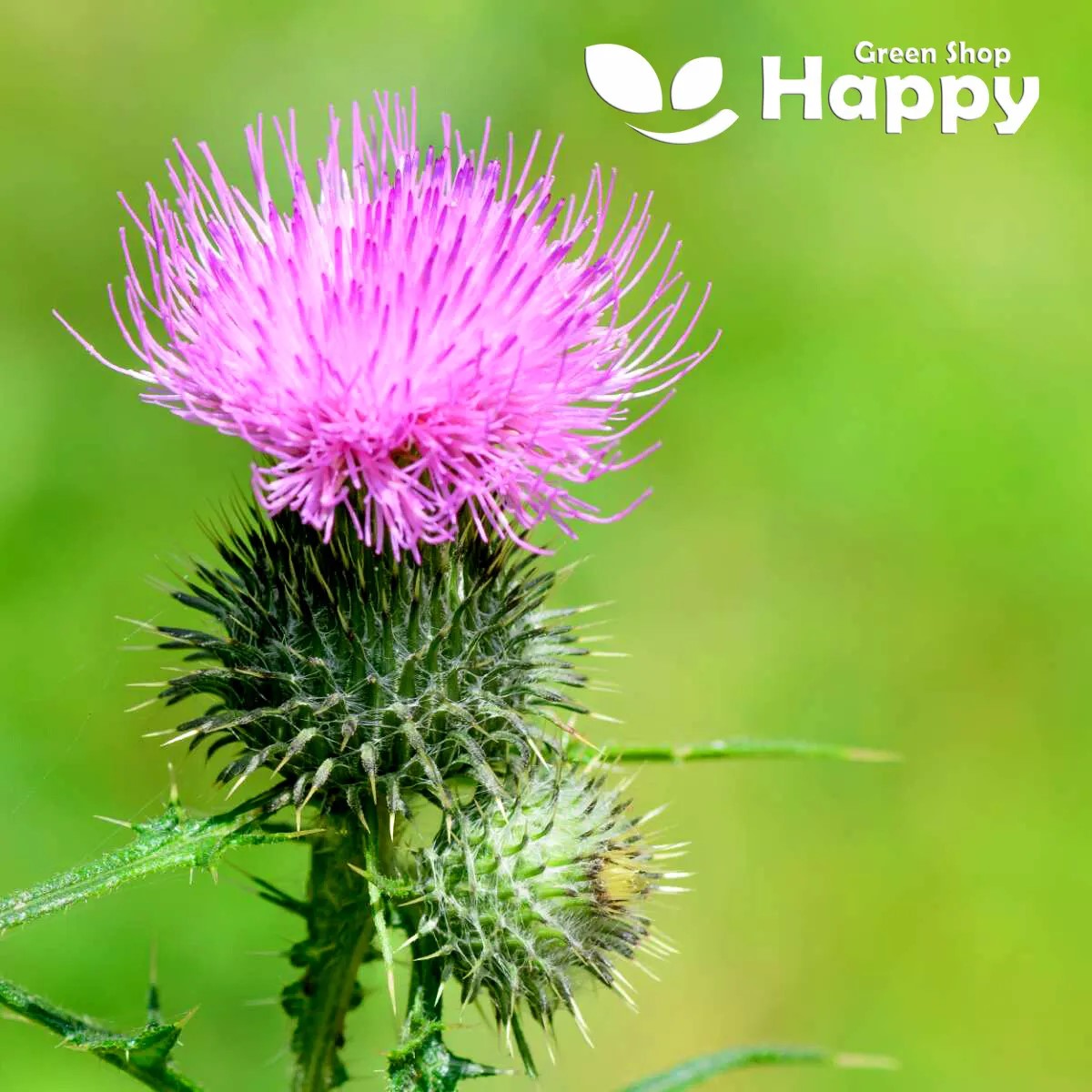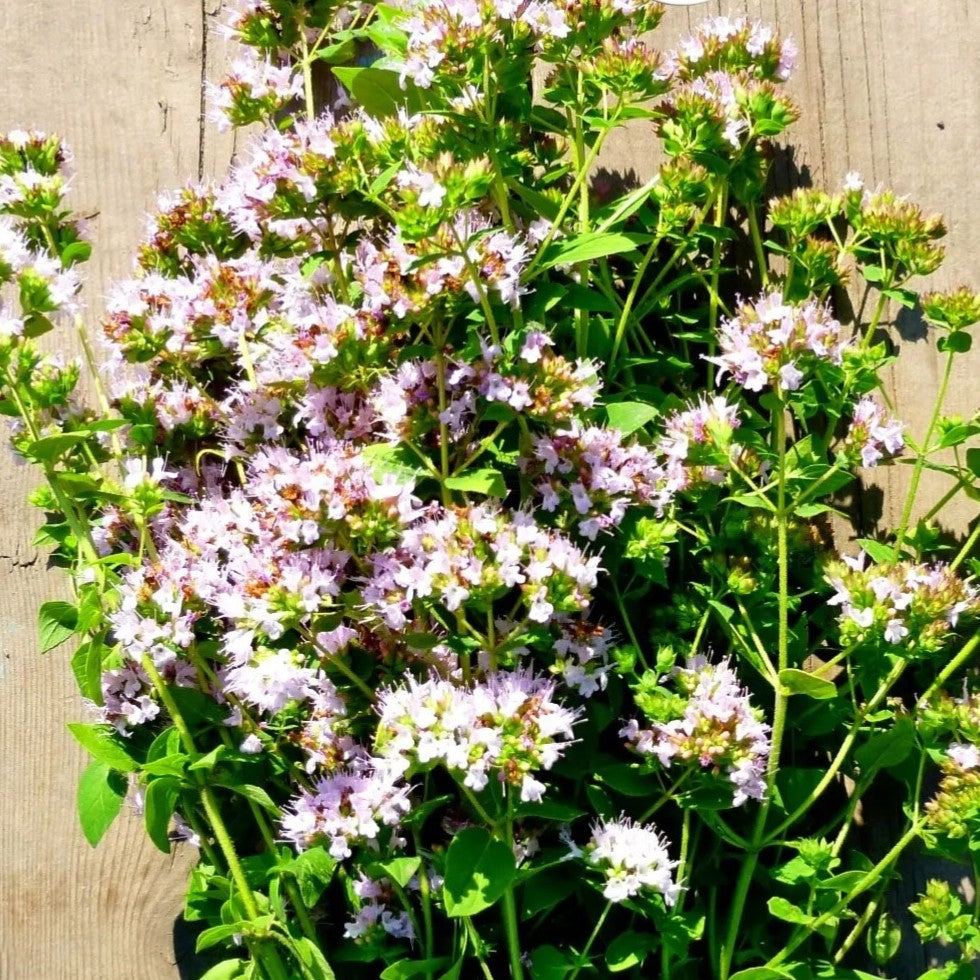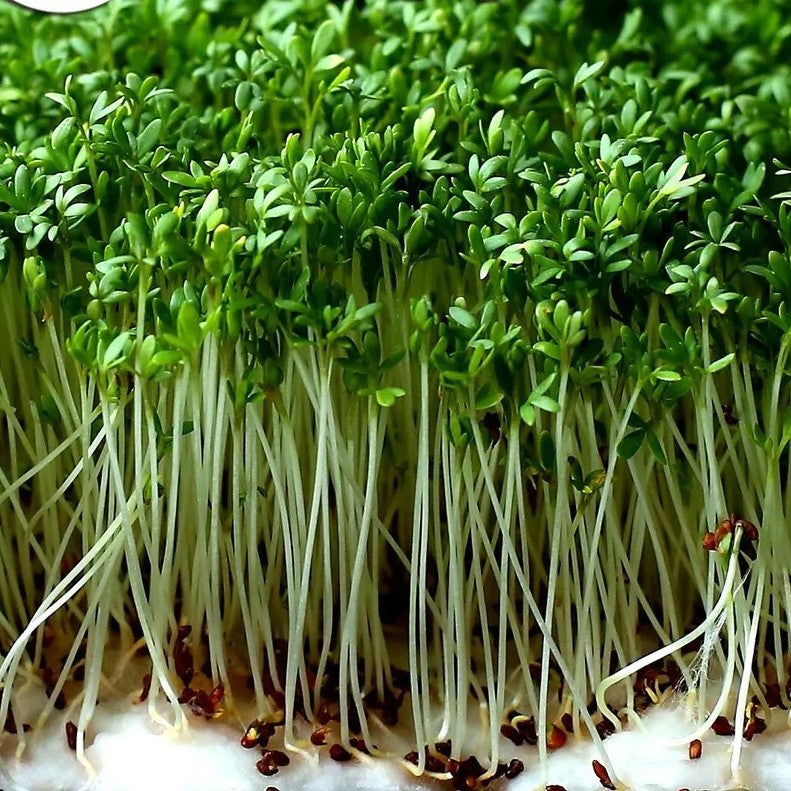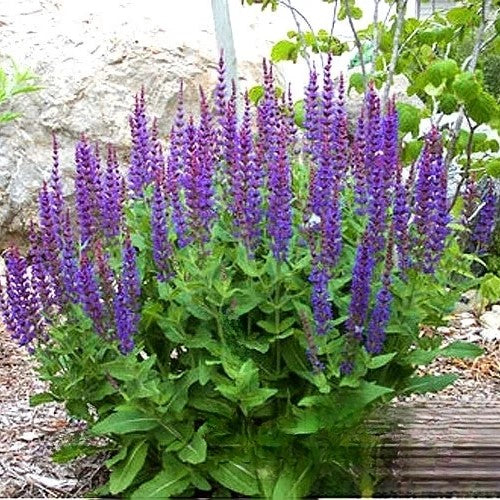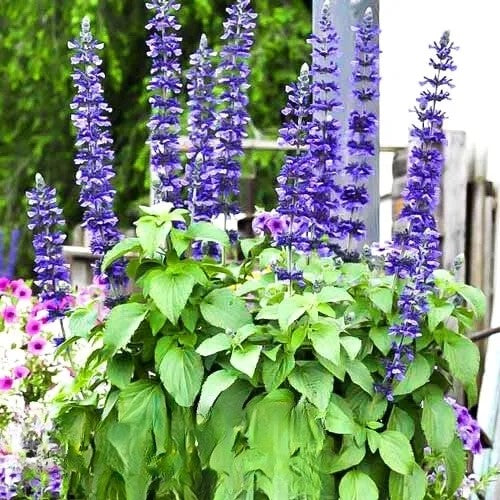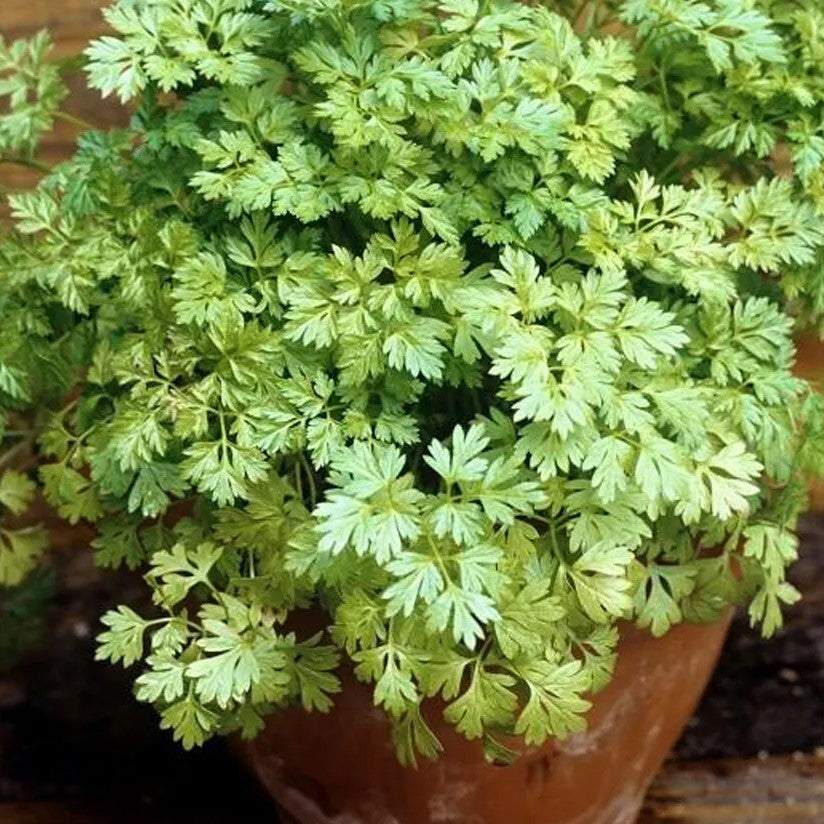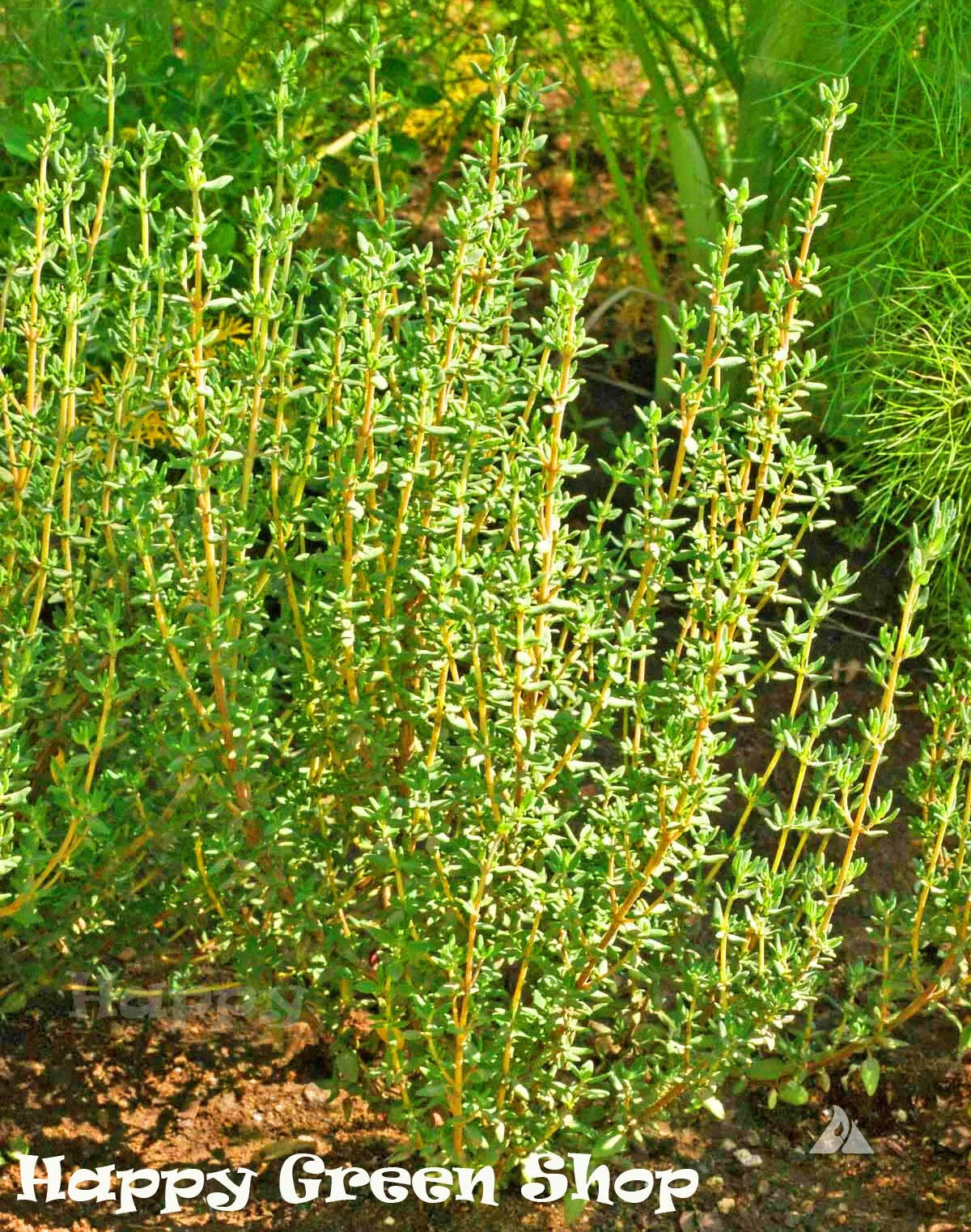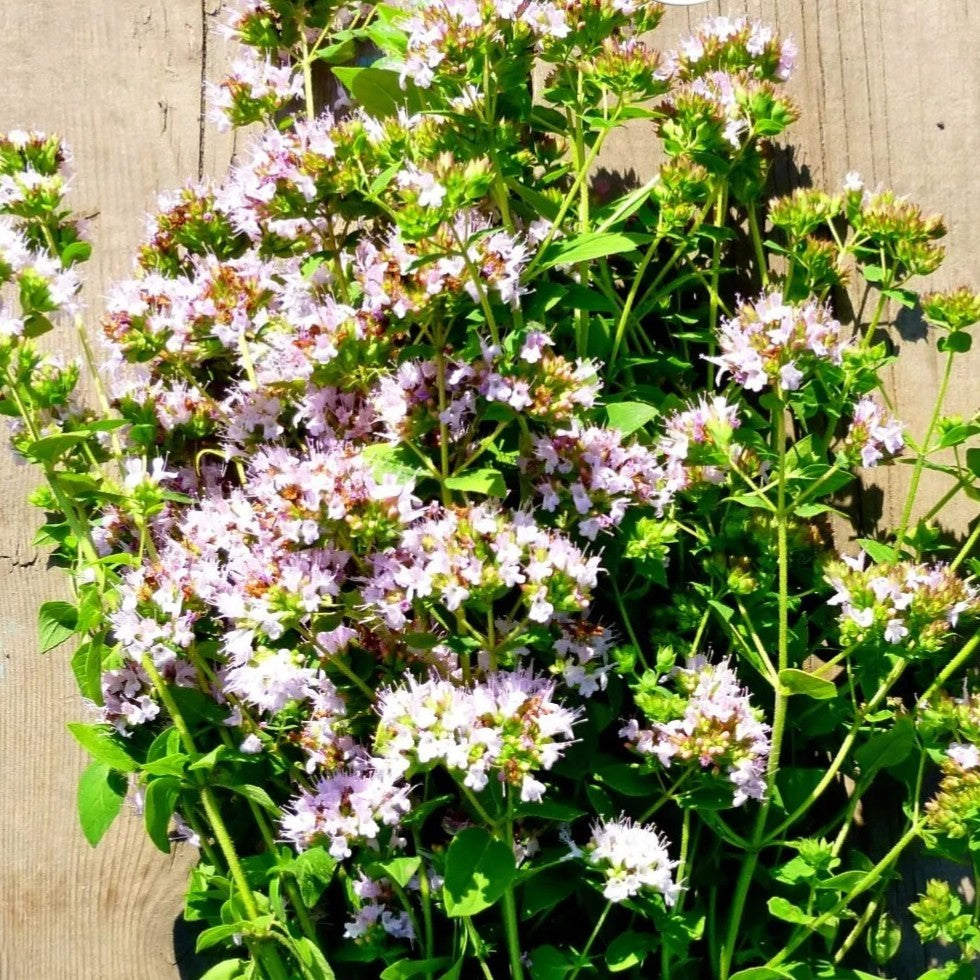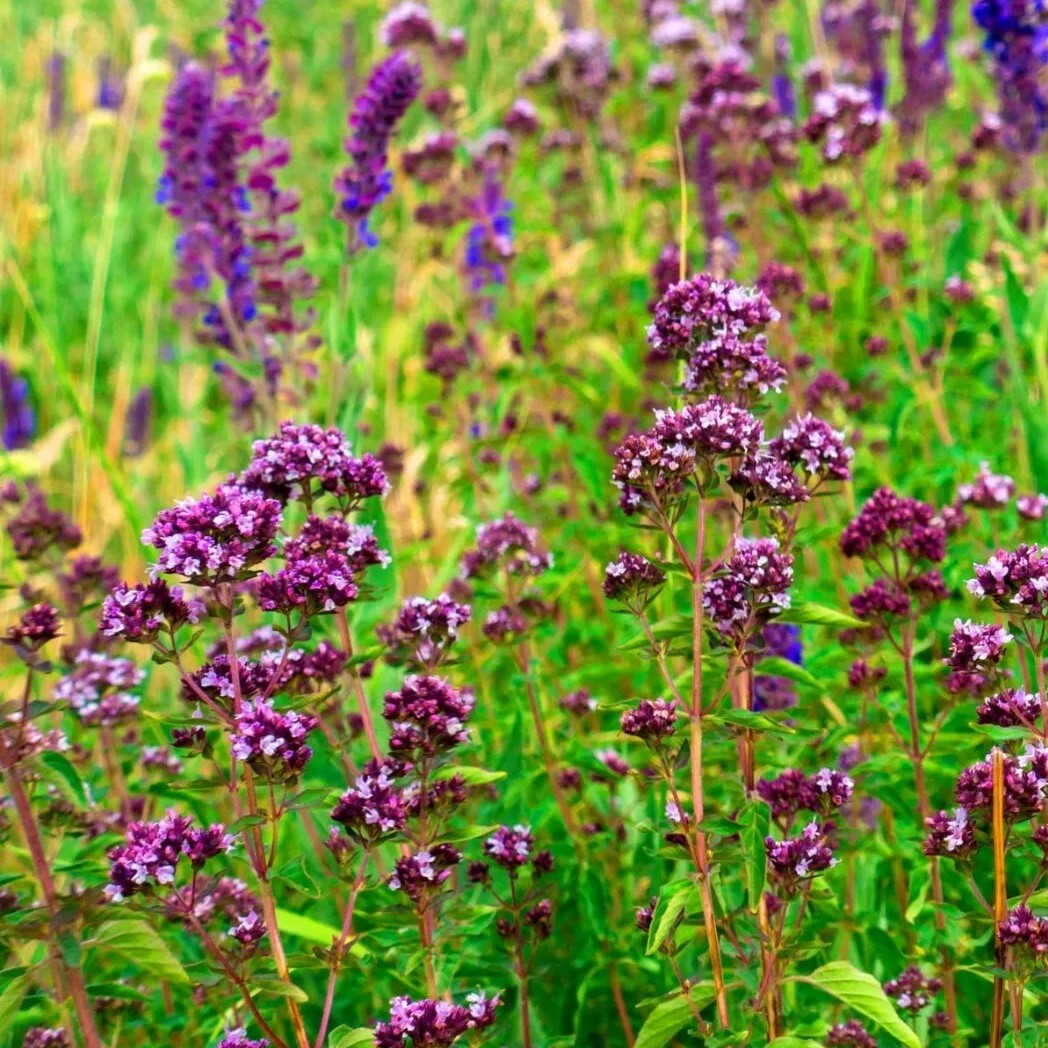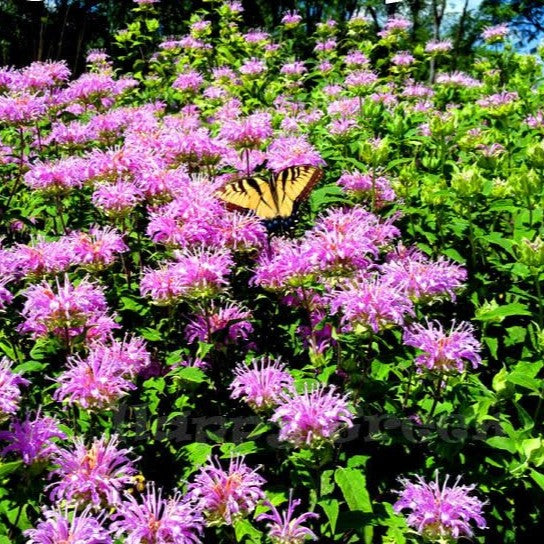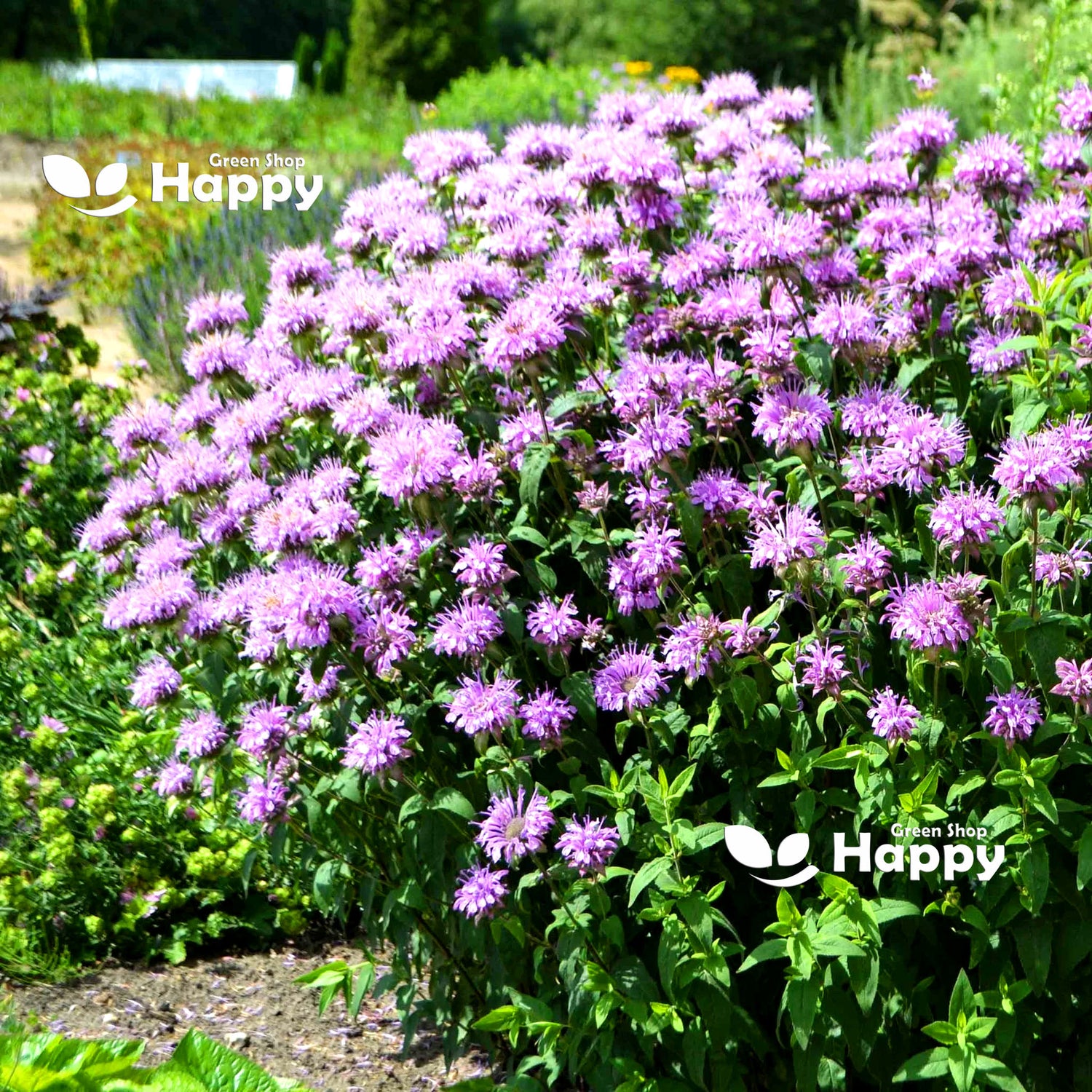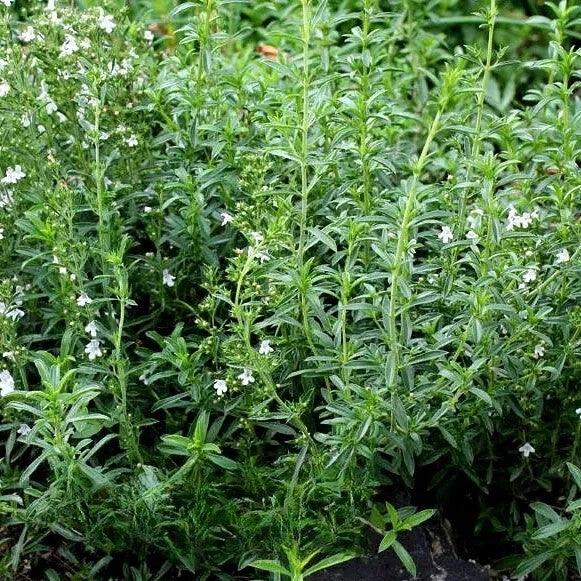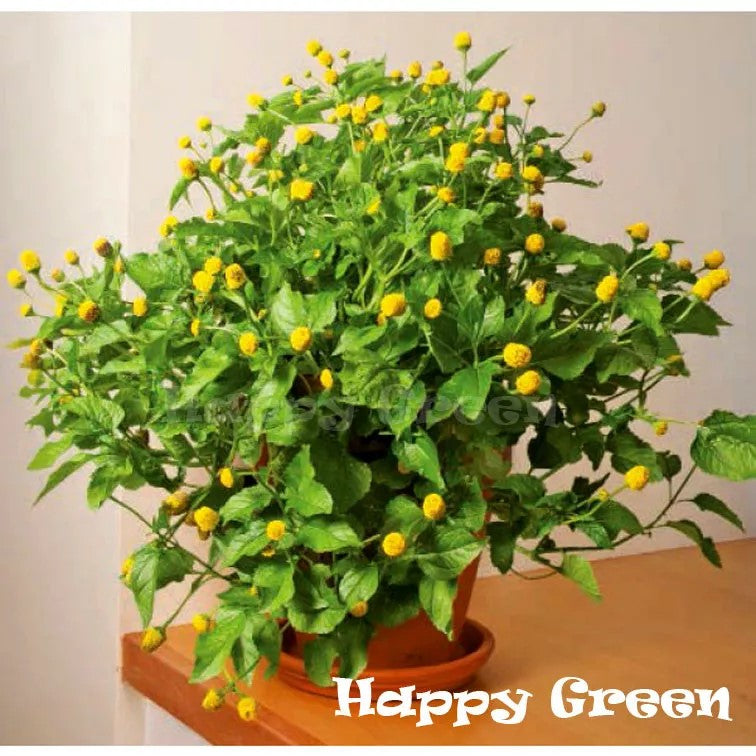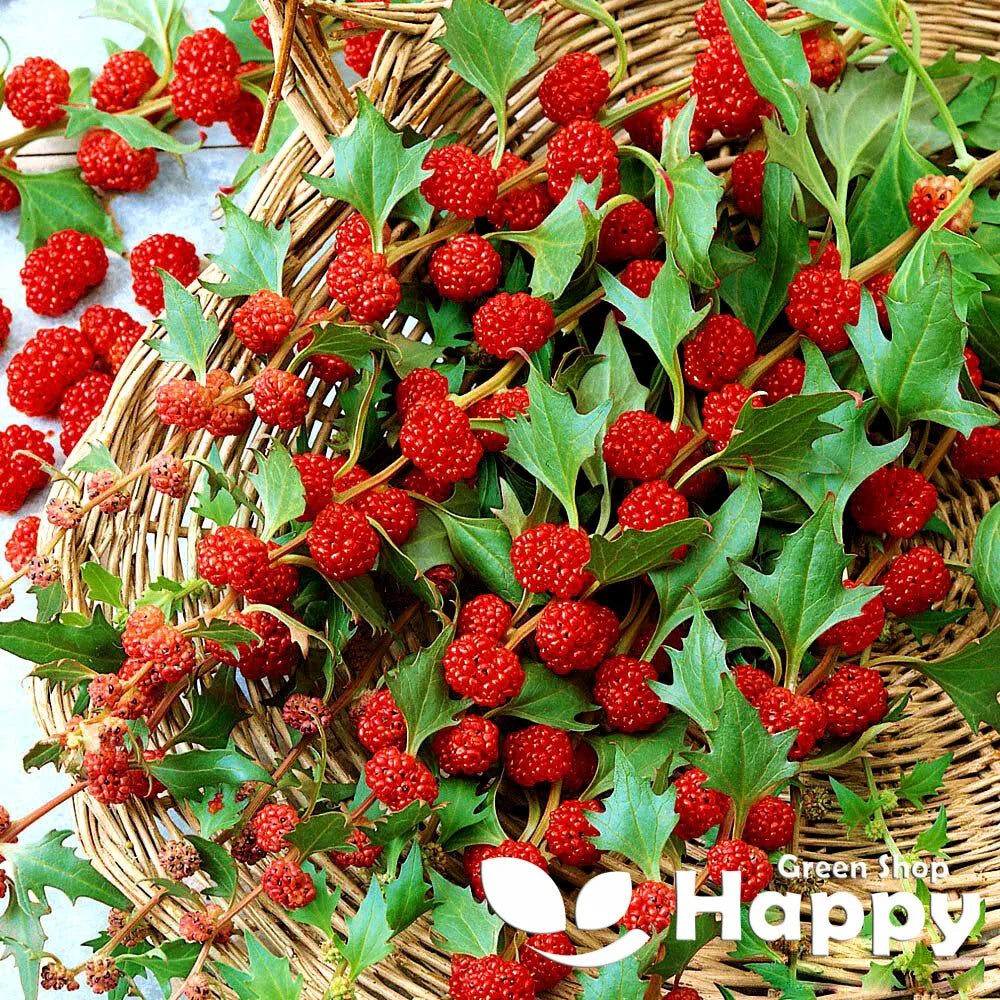Sort by:
54 products
54 products
Discover the uniqueness
Experience the delightful flavor and health benefits of Herbal Blends.
Cress – Seeds (Lepidium sativum)
Garden Cress is one of the fastest and easiest crops to grow, producing a fresh, peppery flavour that livens up salads, sandwiches, and garnishes. Perfect for windowsills, kitchen counters, or garden beds, it grows all year round and is ready to harvest in just a few days.
A must-have for quick, nutritious greens packed with vitamins and minerals.
How to Grow
-
Sow indoors/outdoors: Year-round
-
Sowing depth: Scatter thinly on moist soil or cotton wool
-
Spacing: No thinning required
-
Position: Sunny windowsill or light shade outdoors
-
Care: Keep soil moist for continuous germination
Key Features
-
Ready to harvest in as little as 7 days
-
Spicy, peppery flavour – great for salads & sandwiches
-
Can be grown indoors all year round
-
Extremely easy and reliable – ideal for children & beginners
-
Packed with nutrients and antioxidants
Harvest
-
Harvesting period: 7–21 days after sowing
-
Snip with scissors when leaves are about 5 cm tall.
Short Tip
For a continuous supply, sow small batches every few days.
Chia – Seeds (Salvia hispanica)
Chia (Salvia hispanica) is an ancient superfood crop, grown for its tiny black seeds packed with nutrition. Rich in omega-3 fatty acids, fiber, protein, and antioxidants, chia seeds are a versatile kitchen staple, perfect for smoothies, puddings, baked goods, or simply sprinkled over salads and yogurt. Easy to grow, chia is a fast-developing annual that also produces delicate blue-purple flowers, making it both useful and ornamental.
How to Grow
-
Sow indoors or outdoors: April – June in warm soil or pots.
-
Soil: Well-drained, light soil in full sun.
-
Spacing: 25–30 cm apart.
-
Water lightly but regularly until plants are established.
-
Harvest seeds when flower heads dry and turn brown.
Key Features
-
Ancient superfood crop
-
Tiny seeds rich in omega-3, fiber, and protein
-
Easy to grow annual with purple-blue flowers
-
Dual-purpose – edible and ornamental
-
Perfect for smoothies, puddings, and baking
Ideal For
-
Kitchen gardens and health-conscious growers
-
Smoothie bowls, baking, and healthy snacks
-
Gardeners looking for edible flowers and seeds
Sowing & Harvest
-
Sow: April – June
-
Harvest: September – October
Quick Tip
For best germination, sow chia in warm soil or start indoors on a sunny windowsill. Harvest seeds by gently shaking dried flower heads.
Chervil – Seeds
(Anthriscus cerefolium) – Classic Culinary Herb
Chervil is a delicate, aromatic herb with finely cut, fern-like leaves and a subtle aniseed flavor. Often called the “gourmet’s parsley”, it is an essential ingredient in French cuisine and one of the traditional fines herbes (with parsley, tarragon, and chives). Best used fresh, chervil enhances soups, salads, omelets, fish, and sauces, adding a refined, mild flavor.
Key Features
-
Type: Annual culinary herb
-
Height: 30–50 cm
-
Leaves: Finely cut, light green, fern-like
-
Flavor: Mild anise, delicate and fresh
-
Harvest: 6–8 weeks after sowing
-
Use: Fresh leaves for seasoning
Ideal For
-
Culinary herb gardens & kitchen windowsills
-
French and Mediterranean dishes
-
Continuous harvest in small spaces
-
Pairing with parsley, tarragon & chives
Sowing & Growing
-
Sow outdoors: March–August, directly into the soil.
-
Depth: 0.5 cm, thinly in rows 20 cm apart.
-
Germination: 14–21 days at 12–18°C.
-
Position: Partial shade, moist, humus-rich soil.
-
Harvest: Young leaves as needed.
Care Tips
-
Regular sowings every 3–4 weeks ensure a constant supply.
-
Avoid hot, sunny locations (prefers cool shade).
-
Use leaves fresh – drying reduces flavor.
Winter English Thyme – Seeds
(Thymus vulgaris)
Winter English Thyme is a hardy, aromatic perennial herb prized for its culinary and medicinal uses. Its evergreen foliage adds fragrance to the garden, while tiny, delicate flowers attract pollinators. Ideal for herb gardens, rockeries, or container planting, this versatile thyme provides year-round flavor and garden interest.
Why Grow Winter English Thyme?
-
Aromatic evergreen foliage for culinary and medicinal use
-
Hardy perennial suitable for year-round growth
-
Attracts bees and pollinators
-
Versatile for herb gardens, rockeries, and containers
Key Features
-
Type: Perennial herb
-
Height: 15–30 cm
-
Flowers: Summer, small pink or purple blooms
-
Position: Full sun
-
Soil: Well-drained, moderately fertile
Ideal For
-
Herb gardens and culinary use
-
Rockeries and container planting
-
Pollinator-friendly gardens
-
Evergreen groundcover and edging
Sowing & Growing
-
Sow indoors: February–April in seed trays
-
Sow outdoors: April–May directly in prepared soil
-
Germination: 14–21 days at 18–20°C
-
Spacing: 20–30 cm between plants
-
Care: Low maintenance; trim regularly to maintain shape and encourage new growth
Wild Marjoram – Oregano – Seeds (Origanum vulgare)
Wild Marjoram (Oregano) is a hardy perennial herb cherished for its fragrant leaves and delicate pink-purple flowers. A staple of Mediterranean cooking, oregano adds a rich, earthy flavor to pizzas, pasta, sauces, and roasted vegetables. Beyond the kitchen, its nectar-rich flowers are a magnet for bees and butterflies, making it a wonderful addition to herb gardens, borders, and pollinator-friendly spaces.
How to Grow
-
Sow indoors: March – May in seed trays or pots.
-
Transplant outdoors: After the last frost in a sunny, well-drained spot.
-
Spacing: 25–30 cm apart.
-
Oregano prefers light, well-drained soil and thrives in warm, sunny conditions.
Key Features
-
Aromatic herb essential for Mediterranean cuisine
-
Hardy perennial, easy to grow
-
Attracts bees and butterflies with summer blooms
-
Suitable for pots, containers, or borders
-
Drought-tolerant once established
Ideal For
-
Culinary herb gardens
-
Fresh or dried use in cooking
-
Pollinator-friendly borders
-
Container growing on patios or balconies
Sowing & Harvest
-
Sow: March – May
-
Harvest: June – October (leaves can be harvested fresh or dried)
Quick Tip
For the most intense flavor, harvest oregano leaves just before flowering, and dry them in a cool, airy place.
Wild Bergamot – 1,300 Seeds (Monarda fistulosa)
Wild Bergamot (Monarda fistulosa) is a hardy perennial known for its fragrant lavender-pink blooms and aromatic foliage. A favorite of pollinators, it attracts bees, butterflies, and hummingbirds, making it perfect for pollinator gardens, borders, and wildflower meadows. Easy to grow and low-maintenance, it provides long-lasting color and texture from mid-summer to early autumn.
Why Grow "Wild Bergamot"
-
Fragrant lavender-pink blooms
-
Aromatic foliage with medicinal and culinary uses
-
Attracts bees, butterflies, and hummingbirds
-
Hardy and low-maintenance perennial
Key Features
-
Type: Perennial (Monarda fistulosa)
-
Height: 60–90 cm
-
Flowering: July–September
-
Position: Full sun to partial shade
-
Uses: Pollinator gardens, borders, wildflower meadows, cottage gardens
Ideal For
-
Pollinator-friendly gardens
-
Cottage-style or naturalized borders
-
Wildflower meadows
-
Herbal and sensory gardens
Sowing & Growing
-
Sow indoors: February–April in trays
-
Sow outdoors: April–May directly in prepared soil
-
Germination: 10–20 days at 18–22°C
-
Thin seedlings to 30–40 cm apart
-
Prefers well-drained soil and full sun
-
Deadhead to encourage prolonged flowering
Summer Savory 'Midget' – Seeds (Satureja hortensis)
Summer Savory ‘Midget’ is a compact, fast-growing annual herb, prized for its spicy, peppery flavour that resembles thyme and oregano. This dwarf variety is especially suited for container growing, raised beds, and small herb gardens.
Traditionally used to season bean dishes, meats, soups, and stews, it is also excellent fresh or dried as a versatile culinary herb. With its neat, bushy growth habit and aromatic leaves, ‘Midget’ is both decorative and useful in the kitchen.
How to Grow
-
Sow indoors: March – April in pots or trays
-
Sow outdoors: April – June, directly into prepared soil
-
Depth: Lightly cover seeds with soil (approx. 0.5 cm)
-
Spacing: 20–25 cm between plants
-
Position: Sunny, well-drained spot
-
Soil: Light, sandy, moderately fertile
Key Features
-
Compact dwarf variety – ideal for pots and small spaces
-
Distinct peppery flavour – a classic bean seasoning
-
Culinary herb for meats, stews, soups, and sauces
-
Can be used fresh or dried
-
Hardy, quick-growing, and easy to maintain
Harvesting
-
Harvest from: June – September
-
Pick fresh leaves regularly to encourage new growth.
-
For winter use, cut and dry whole sprigs just before flowering.
Toothache Plant – Seeds (Spilanthes oleracea)
The Toothache Plant (Spilanthes oleracea) is an unusual and fascinating herb, known for its small, bright red flowers and unique tingling effect when chewed. Traditionally used for its medicinal properties, it adds interest to herb gardens, containers, and edible landscaping. Easy to grow and fast-maturing, it’s a conversation-starting plant that also attracts pollinators.
Why Grow "Toothache Plant"
-
Bright red, cone-shaped flowers
-
Unique tingling sensation when chewed
-
Traditional medicinal and culinary uses
-
Attracts bees and other pollinators
Key Features
-
Type: Annual herb (Spilanthes oleracea)
-
Height: 30–60 cm
-
Flowering: Summer
-
Position: Full sun, well-drained soil
-
Uses: Herb gardens, containers, edible landscaping, pollinator-friendly plantings
Ideal For
-
Herb and medicinal gardens
-
Container and patio planting
-
Pollinator-friendly gardens
-
Educational or conversation-starting gardens
Sowing & Growing
-
Sow indoors: February–April in seed trays
-
Sow outdoors: April–May after frost
-
Germination: 10–20 days at 18–22°C
-
Transplant seedlings 25–30 cm apart
-
Prefers full sun and moderately fertile soil
-
Keep soil moist for best growth
Strawberry Stick – Seeds
(Chenopodium foliosum)
Strawberry Stick is a unique annual plant grown for its bright red, strawberry-like seeds. These edible seeds are not only nutritious but also add a decorative touch to gardens. Its upright, bushy habit makes it perfect for borders, vegetable gardens, and ornamental planting. Easy to grow and drought-tolerant, it’s both practical and attractive.
Why Grow Strawberry Stick?
-
Bright red, edible seeds
-
Attractive upright, bushy foliage
-
Nutritious and ornamental
-
Easy to grow and drought-tolerant
Key Features
-
Type: Annual
-
Height: 50–80 cm
-
Flowers: Summer
-
Position: Full sun to partial shade
-
Soil: Well-drained, fertile
Ideal For
-
Vegetable gardens and edible landscaping
-
Borders and ornamental plantings
-
Pollinator-friendly gardens
-
Low-maintenance garden displays
Sowing & Growing
-
Sow indoors: February–April in seed trays
-
Sow outdoors: April–May in prepared soil
-
Germination: 10–14 days at 18–20°C
-
Spacing: 25–30 cm apart
-
Care: Moderate watering; remove weeds for best growth
Showing 9/54



